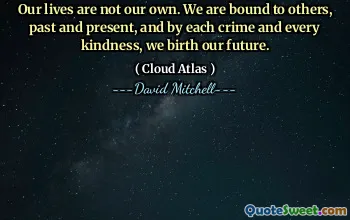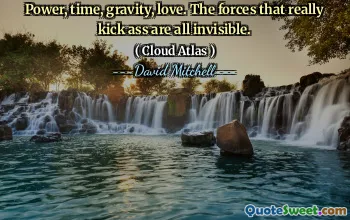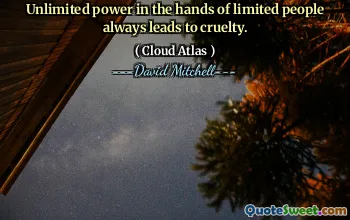
If emotion can create a physical action, then duplicating the physical action can re-create the emotion.
This quote highlights a fascinating interplay between our emotions and physical actions, illustrating the potential for our bodies and minds to influence each other in a cyclical manner. The idea suggests that emotions are not simply abstract feelings but are intimately tied to tangible behaviors. When an emotion can inspire a specific physical response—such as smiling, frowning, or physical agitation—then intentionally replicating that physical response might rekindle or intensify the original emotion.
This concept resonates powerfully with practices in psychology and emotional regulation. For example, techniques like 'fake it till you make it' leverage the notion that adopting certain postures or facial expressions associated with happiness or confidence can actually foster genuine feelings of those states. It underscores the potential for embodied cognition, where our physical states directly influence our mental states.
Moreover, it raises intriguing questions about the nature of emotional authenticity and the power of body language. If we can consciously manipulate our physical actions to evoke desired emotions, we gain a tool for emotional mastery—offering avenues for managing depression, anxiety, or stress. Conversely, it also warns us about the potential for physical actions to perpetuate or deepen negative emotional patterns.
The implications extend into the realm of self-awareness and intentionality. By understanding the bidirectional relationship between emotion and action, we can harness physical tactics to foster positive emotional change or better understand the roots of our emotional experiences. It inspires a holistic approach to well-being—recognizing that our mental and physical states are continually influencing each other.
In summary, this quote encapsulates a key insight into human psychology: our emotions and actions are deeply interconnected. Recognizing this relationship empowers individuals to actively participate in their emotional health through mindful physical actions, fostering a more integrated sense of well-being.






